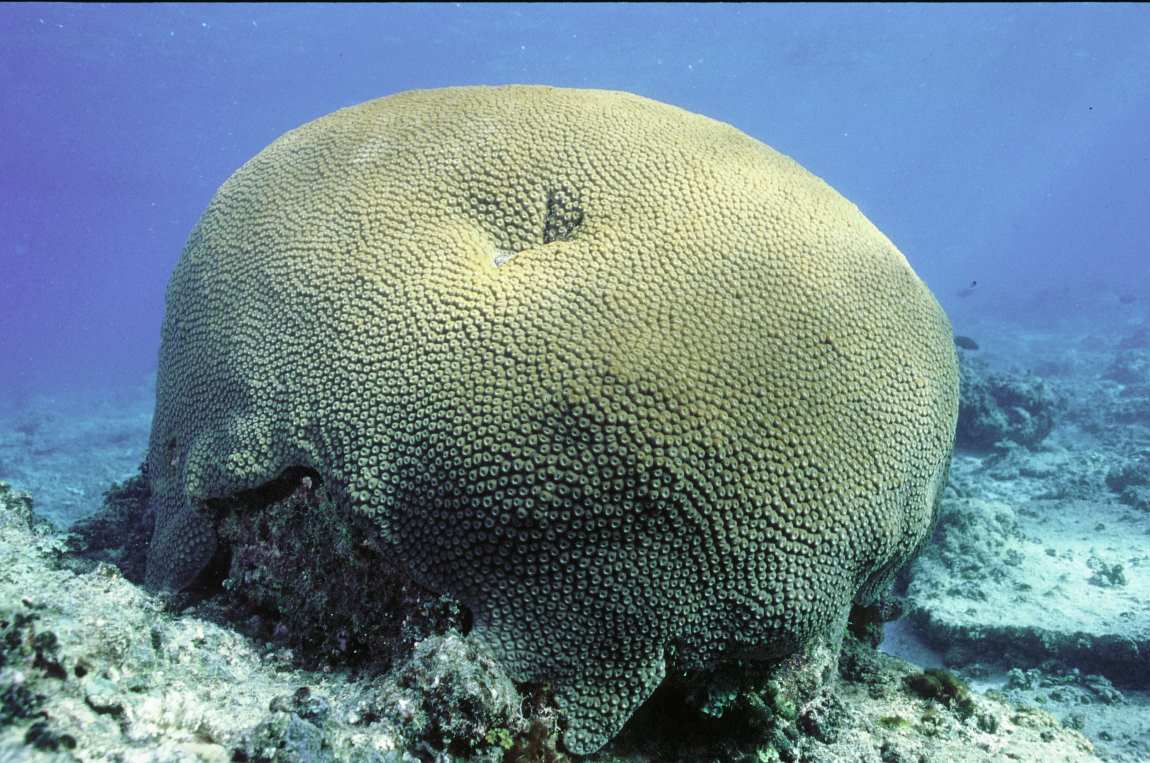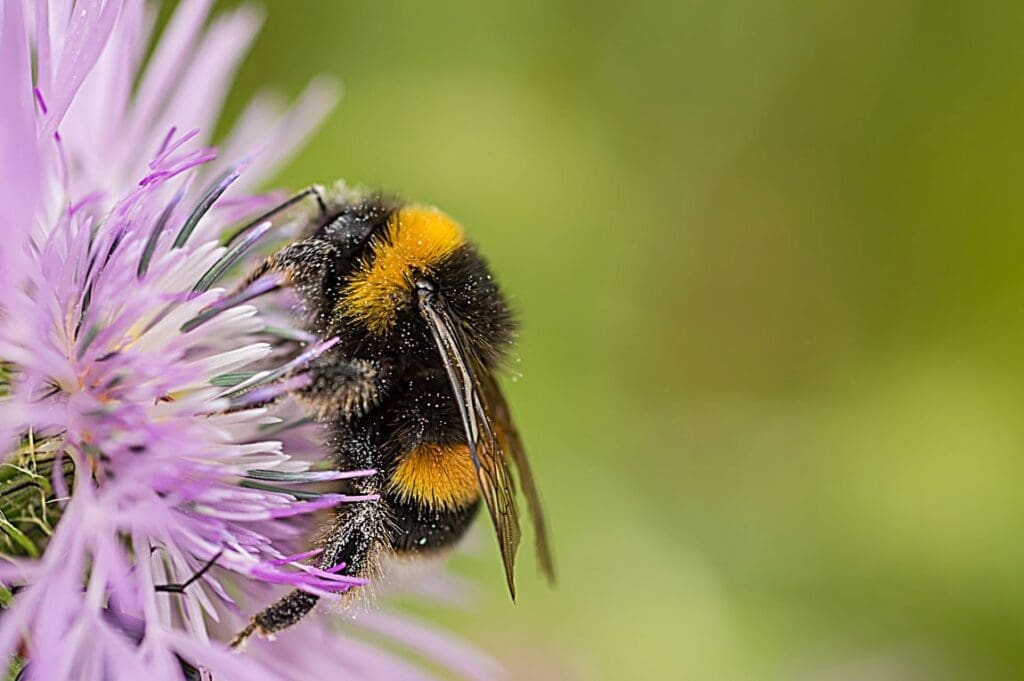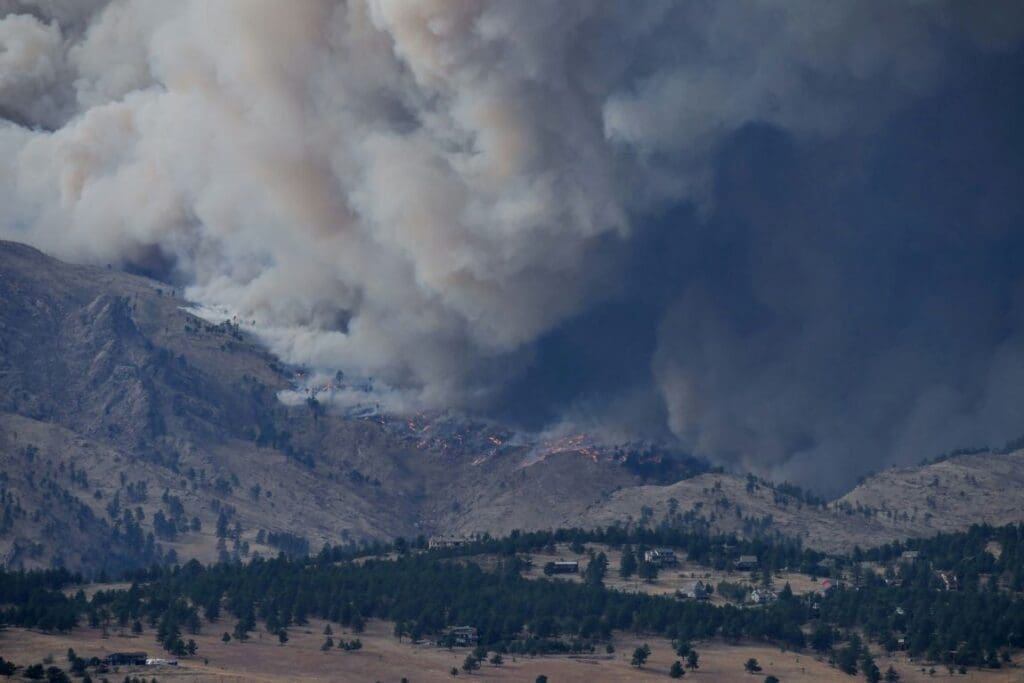International study uses data obtained from the analysis of the honeycomb coral Diploastrea heliopora to reconstruct sea surface temperatures of the Fijian archipelago.
The sea surface temperature in the Fijian archipelago in the southwestern Pacific is now at its maximum for more than 600 years. This is the result of an international research team’s evaluation of a new coral record providing further evidence for unprecedented warming in the western Pacific Ocean. According to this, the year 2022 was the warmest year in the region since 1370.
The scientists used the giant coral Diploastrea heliopora colony in Fiji to obtain the data for the new reconstruction. These unique and long-lived massive corals record long-term climatic and environmental changes in their chemical composition that have shaped the reef and the giants themselves over many centuries. They are vital archives of past climate variability across the tropics, often providing a direct link to human storylines of past experiences of climate variations.
The team collected a more than 2-meter-long core from this colony, which is growing only 3 to 6 millimeters per year, and analyzed its skeletal chemical composition to draw conclusions on the temperature variations over the course of 627 years. This was supplemented by the results of 26 years of instrumental measurements of water temperatures.
The southwestern Pacific region is a major driver of climate variability, modulating for example the El Niño-Southern Oscillation, one of the main phenomena influencing global climate, thus affecting human activities and natural ecosystems worldwide.
Corals – living temperature sensors
The research team, co-led by Universidad Nacional Autónoma de México and the University of Leicester in the UK, has thus produced what is to date the longest continuous coral Strontium/Calcium-sea surface temperature reconstruction, offering a distinct and unprecedented perspective on long-term Pacific climate swings from a key location to characterize ocean temperature gradients.
Researchers from Johannes Gutenberg University Mainz (JGU) contributed to the study by supporting the annually resolved chronology of the coral record. “We used the uranium-thorium dating method to determine the age of each deposited layer. Thus, we were able to independently check and finally confirm the identification of the counting of individual annual layers. This enabled the precise and absolute dating of the coral,” said Professor Denis Scholz, head of the Isotope-geochemical Palaeoclimatology / Speleothem Research group at the JGU Institute of Geosciences.
As they can live for centuries and even thousands of years, corals serve researchers as living temperature sensors – by recording the chemical composition of the ocean around them in their skeletons, day-in and day-out. The corals act like a living temperature sensor by changing the ratio of skeletal Strontium over Calcium with lower ratios being related to higher temperatures.
The study shows that the current sea surface temperature in the Fijian archipelago is highest for the past 653 years, and persistent synchronous western and central Pacific warming rates could adversely impact Pacific Island ecosystems and nations.
The work also sheds new light on the interplay between ocean temperature trends across the tropical and subtropical Pacific Oceans over six centuries, revealing how late 20th century warming has become increasingly synchronized between these regions that normally oppose each other, creating important temperature gradients that are the heart of major shifts in rainfall centers across the past few centuries.
Taking into account current climate model simulations, researchers expect additional drought and heavy rainfall events in certain areas of the Pacific over the further course of the 21st century. If no counteractions are taken, there will be detrimental impacts for the inhabitants of endangered Pacific islands and their ecosystems.
International collaboration spanning three continents
The study was a collaboration of Universidad Nacional Autónoma de México, Universidad Autónoma de Baja California, the University of Leicester, the University of New South Wales, Monash University, Université de Bordeaux, the Helmholtz-Zentrum Hereon, and Johannes Gutenberg University Mainz.
Journal Reference:
Juan P. D’Olivo et al. ‘Coral Sr/Ca-SST reconstruction from Fiji extending to ~1370 CE reveals insights into the Interdecadal Pacific Oscillation’, Science Advances 10, eado5107 (2024). DOI:10.1126/sciadv.ado5107
Article Source:
Press Release/Material by Johannes Gutenberg University Mainz
Featured image: A coral of the species Diploastrea heliopora, commonly known as the honeycomb or brain coral Credit: Joel Orempuller | CC BY-NC-ND




